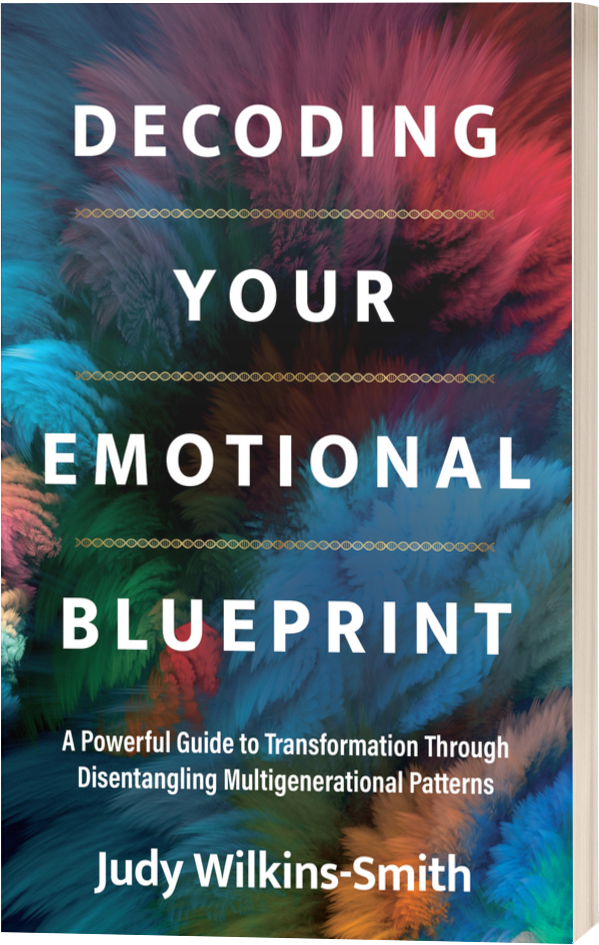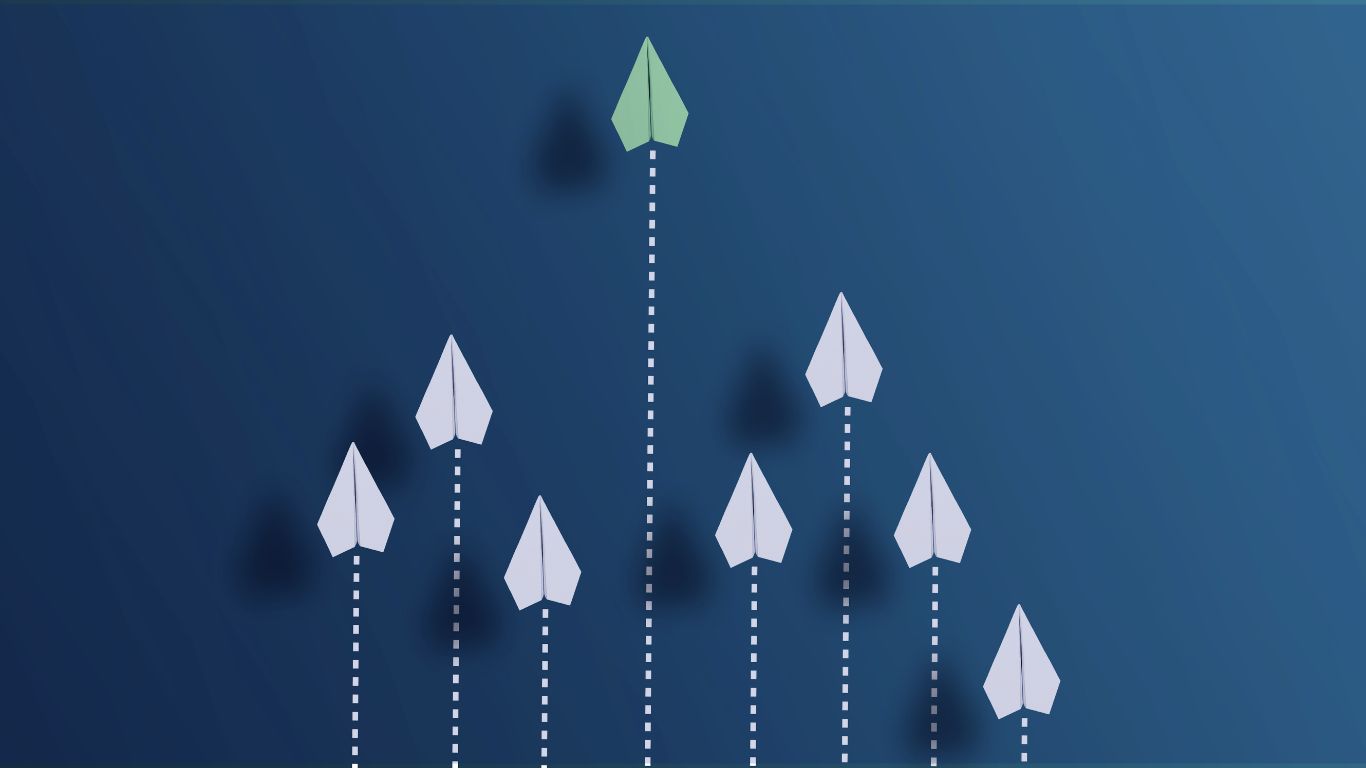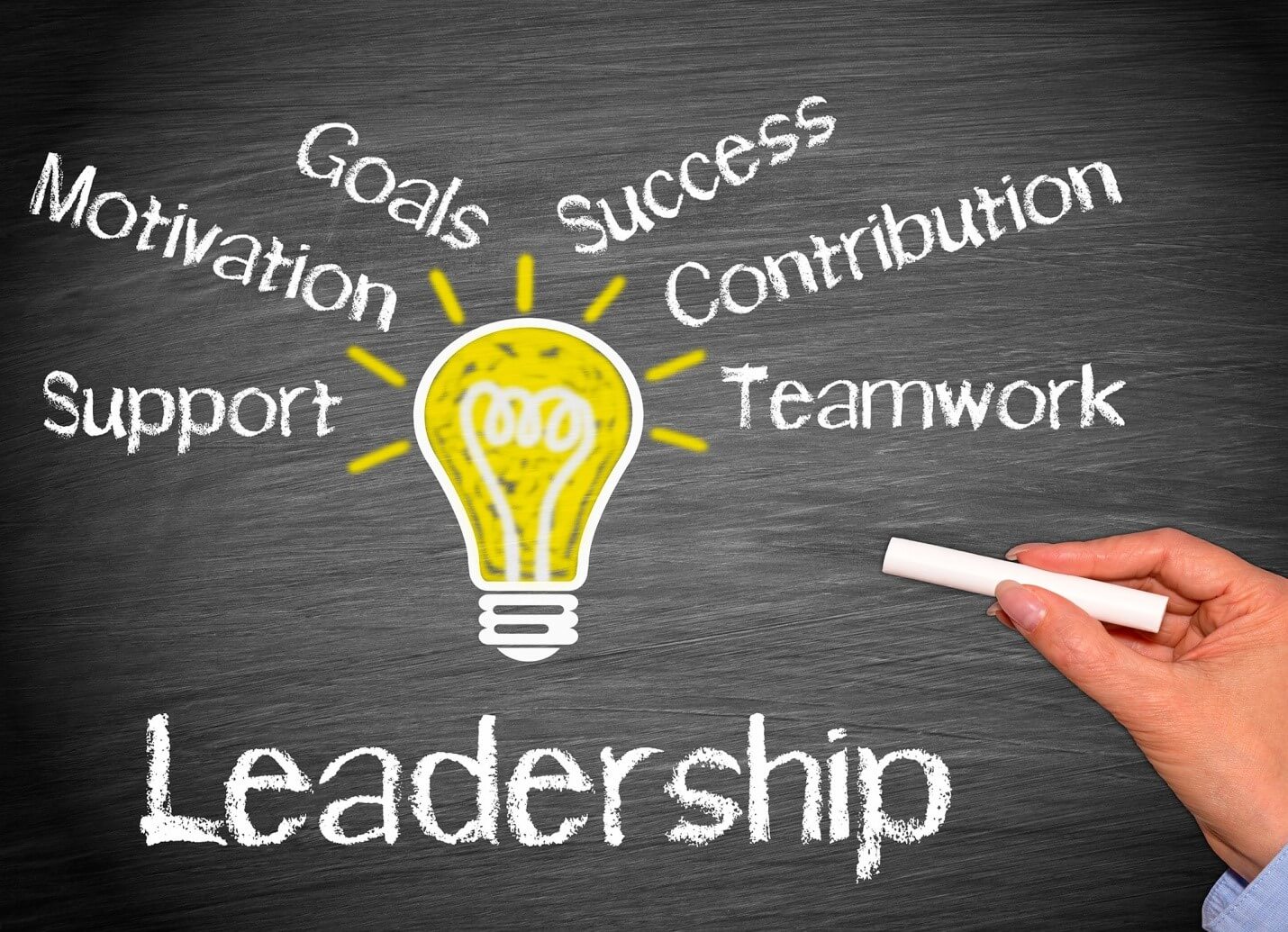Shifting Limiting Patterns to Thrive as a Leader
That Touchy-Feely Woo-Woo Stuff
Working with many large companies, part of the work patterns that I do is “offsites”—events away from the workplace, the purpose of which is teambuilding or supporting leadership development. And you would be amazed how often I’m asked, as soon as I walk in, “Are we going to do that touchy-feely, woo-woo stuff?”
This is usually code for, “Am I going to have to look at what runs me and my show and expose what will embarrass me?” (It’s also code for “I don’t think I’m good enough and I’m scared I may not belong or show up well.”) I immediately reassure the team members that embarrassment will not be part of the process. But as far as looking at what runs their show? The answer is an unapologetic “Yes.”
Systemic Work & Constellations is designed to educate, not embarrass. And learning more about yourself and others, how you engage with others and how they engage with you is not some ‘out there’ approach designed to make everyone uncomfortable. It’s the exact opposite! This approach recognizes that shifting patterns is essential for personal and professional growth.
For a large percentage of our lives, the patterns we inherit from our family system run the show. And, if we don’t know what those patterns are, they can hurt us—and not just personally. They also cross over into our professional lives, messing things up when we least expect it. The operational change needed often starts with understanding these underlying patterns, and we’re usually blind to what’s happening.
For example, I had a female client, a brilliant paralegal, who was on the verge of getting fired from the law firm she worked for. Why? She was always doing battle with the two male partners of the firm, siding with the female partner over everything. Why? Because she grew up defending her mother from an alcoholic abusive husband—a limiting-thinking pattern she didn’t realize was now running her professional relationships.
Studies show that great leaders and good business people have a great EQ—emotional quotient, which refers to their capacity to recognize and manage their own emotions and the emotions of others. They know how to get the best practices out of themselves and others. And one of the ways they do this is by understanding the unconscious patterns within themselves and by being able to identify unconscious patterns in those around them.
Doing this not only keeps us safer, it turns us into much smarter strategists. (And nicer staff members to be around.) When you know who you are, what you bring to the table, and you know where you belong, you can strategize and achieve your career (and personal) goals a whole lot easier! Maintaining work-life balance becomes more natural when you’re aware of your patterns.
Once you understand how to look for and shift limiting patterns, not only does this expand you as a person, it grows you as an associate and a leader. You become sharper, and the world swims into focus with a different viewpoint. You are far less likely to be blindsided, which makes you a valuable asset to any company you work with. This kind of personal growth directly impacts employee satisfaction and productivity.
Science-Based
Systemic Work & Constellations is grounded heavily in epigenetics and neuroscience—the science behind genetic emotional inheritance, and the discovery of brain plasticity. These powerhouse tools enable people to take giant steps by exploring unconscious limitations and reframing them into conscious strengths. Just like effective shift patterns in organizations require careful planning, our mental working pattern needs similar attention. Yes, we start out sessions with me asking people to share a personal aspect of their personal lives—and they often share something that is bothering them or not working for them. And, yes, they are usually nervous to begin with doing so. But as we explore the patterns within that issue and how they are being affected by them, a shift changes begins to take place.
Once they begin reframing limited-thinking patterns into helpful strengths and tools, they start to develop a deeper understanding and appreciation of themselves and their patterns. This process helps establish a more predictable schedule for how they respond to challenges. Moreover, as they see the different patterns or matching patterns running their colleagues, they begin to develop more understanding and compassion. Such awareness is particularly valuable during times of high stress, similar to how workforce management strategies help navigate busy periods. And when you understand why someone is the way they are, it makes it so much easier to work with them. Instead of butting heads, understanding leads to cooperation and collaboration. Creating a flexible shift pattern in how team members interact leads to a more predictable schedule of positive outcomes. The big difference comes when people apply these insights to meet specific operational needs while honoring individual differences. Proper workforce management includes understanding these human dynamics, and this leads to increased productivity and enhanced employee wellbeing.
Smart Business
Exploring human potential and investing in it sends a clear message that the company values its associates and that it is not afraid to cultivate excellence and adopt leading-edge strategies. That, in turn, unlocks discretionary energy, aka passion. When a person feels valued, they are motivated to provide value. Understanding employee preferences creates a foundation for engagement that surpasses traditional business requirements. There is a sense of belonging and investment on their part. And when that happens, because it’s human nature to want to be a part of something bigger, people will play all day long. This results in loyalty, an ability to consistently generate surprising results, and low employee turnover, even among those working long hours.
Touchy-feely? I think not! Rather this approach shows how business and personal transformation are actually good friends. They meet the needs of the organisation while addressing individual growth. They do not sit at opposite ends of the spectrum. The right people with the right mindset can transform an organization’s culture. But there’s another aspect to the work I do that helps company leaders explore complex issues and evaluate potential business model paths to follow. Namely the capacity to explore issues in three dimensions—literally to dimensionalize ideas so they can be seen, heard and felt, and not just abstractly thought about.
How many businesses do you think wish they had the opportunity to test ideas and strategies in 3D? This approach enhances operational efficiency in ways traditional planning cannot achieve. Without testing in 3D, planners cannot see the bottlenecks, opportunities, hidden patterns, or unconscious biases that may gridlock or terminate a really good project or idea. Making a project tangible using multiple senses unlocks insights, giving the head, heart, gut connection important information it requires for decision-making, enabling organizations to better respond to operational demands and consumer demands.
When I work with companies that use this 3D technology for diagnosing, strategizing, and designing company paths and directions, they report discussions moving in exciting directions they had not anticipated. This creates operational flexibility that traditional approaches miss. They find solutions they would have never contemplated, often challenging common shift patterns in thinking. The resulting innovations can help organizations navigate various factors that affect performance, from team dynamics to market conditions. With this approach, companies are better equipped to handle last-minute changes while maintaining their strategic focus and direction.
Seeds of Greatness
As humans we are inclined to quickly shut down what we don’t understand or dismiss it as “out there” instead of using it to our advantage. Just as shift workers adapt to changing schedules, our minds must adapt to new ways of thinking. For far too long the human inner world has been a landscape business has been reluctant to explore. And yet therein lie the very seeds of our genius. It also contains information and wisdom from prior generations that may help us to make smart decisions. Much like creating effective shift patterns, we need to recognize when old patterns need adjustment. What has been a limitation in a prior generation is often waiting to become a superpower in our hands. With a tweak or a reframe, what seemed sad or hopeless is often the pivot point that becomes purpose, direction, and success, similar to how a well-designed alternating week schedule can transform productivity.
Learning to understand themselves deeply is gold for leaders looking to get to the next level, who want to think outside the box or hone a particular skillset. This self-awareness helps them create the right shift pattern for their teams and organizations. The invisible and the unconscious become a treasure chest for the innovative leader who is willing to look. These people understand very clearly that this is neither woo-woo nor touchy-feely, but human advancement at its finest, comparable to how shift planning revolutionizes organizational efficiency.
Such individuals and leaders understand that their limits are only the ones that they give to themselves. They know that when the mind and heart and gut work together, powerful innovation and incredible advancement can result—much like how continuous coverage ensures that no opportunity is missed. Their minds don’t operate on rigid work schedules but remain flexible and adaptable. Sometimes they need rest periods to recharge, while other times they work with the intensity of those on night shifts, pursuing breakthrough ideas. They are not afraid of what might seem woo-woo or touchy-feely, understanding that beneath such a label there is gold to be found. They recognize that the right time to implement new ideas often comes when they’ve allowed themselves to explore beyond conventional thinking, similar to how the effectiveness of a shift pattern is measured by outcomes rather than adherence to tradition.
A Systemic Expert & Executive Coach, Judy Wilkins-Smith assists high-performance individuals, Fortune 500 executives, and legacy families to end limiting cycles and reframe apparent challenges into lasting breakthroughs and peak performance by guiding them through and beyond hidden Emotional DNA patterns. Her books Decoding Your Emotional Blueprint and The Hidden Power in Your DNA are two exciting guides on your journey to purpose.
Access your free chapter of Decoding Your Emotional Blueprint












